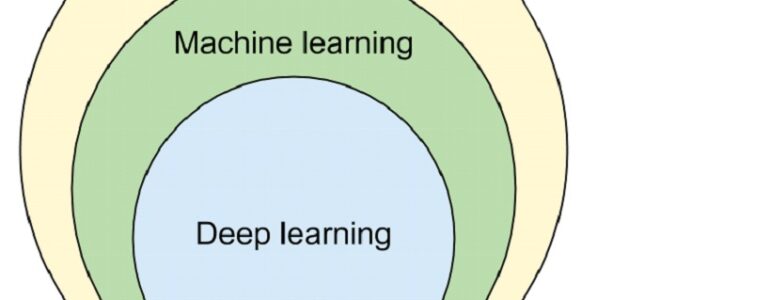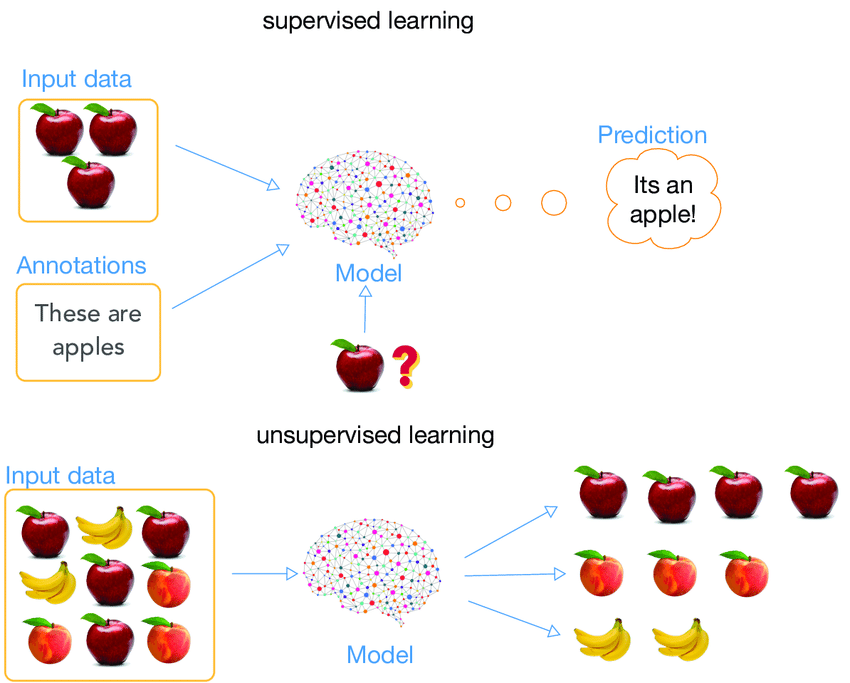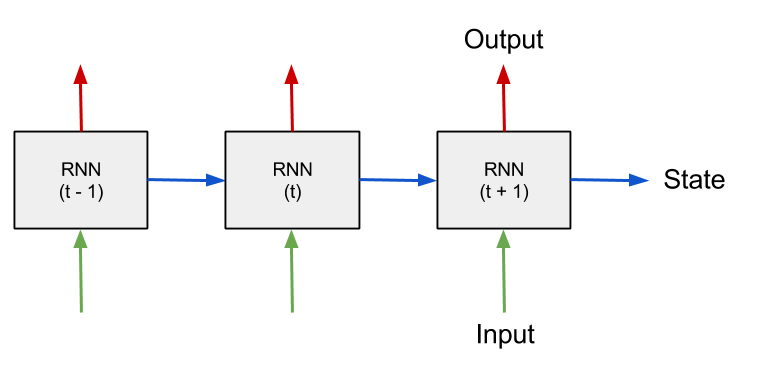
Machine learning vs Deep learning: The difference
Machine learning and deep learning are the two buzzwords in the AI sphere that seem interchangeable to most people. But, that’s not true. However, they carry some similar features because deep learning is a part of machine learning. Let’s understand these terms and their differences.
What is machine learning?
Machine learning is a type of artificial intelligence that allows computer applications to perform specific tasks without being explicitly programmed. It uses historical data to recognize patterns and predict outcomes.
In simple words, it is the method that enables machines to learn from past data to improve performance and predict results automatically.
Following are some popular machine learning models –

Supervised learning
As the name suggests, supervised learning is an ML model that requires supervision while making a decision. In this approach, the machine is trained under the supervision of a data engineer using well-labeled data for a particular output. After that machine is fed with the new set of data so that the algorithm analyses the training data and produces the correct outcome.
For instance, a programmer is trying to “teach” a computer to distinguish types of fruits. The programmer will feed the algorithm with a labeled set of data, in this case, the different types of fruits one by one. Over time the machine will start recognizing patterns like –
The object which is rounded with depression at the top and is red in color is labeled as Apples.
The object with a long curving cylinder shape with a green-yellow color is a banana.
Then the programmer will start feeding the unlabelled data, let’s say apple from the basket, and test the model’s ability to identify it accurately.
Unsupervised learning
Unsupervised learning is a contradiction to supervised learning in which the computer is only fed by unlabelled data and lets it identify the pattern on its own. There are no correct output values; the algorithm freely determines the patterns and similarities within the data and produces unpredicted results.
Let’s take a similar example than before, but we don’t train the machine whether its apple or banana. The unsupervised model identifies patterns from the given set and groups them based on their patterns, similarities, etc.
Reinforcement learning
The reinforcement learning model follows a trial-and-error approach allowing machines to learn using feedback from their own action. The machine receives positive feedback when it results in correct output and negative when fails and reinforces the former results accordingly.
This model allows machines to master complex tasks, for instance, driving a car. Through a lot of trial and error, the algorithm learns how to make a series of decisions.
What is deep learning?
Deep learning is a sophisticated and mathematically complex evolution of machine learning algorithms that are inspired by the structure and function of the brain called artificial neural networks.
In general, deep learning is a machine learning technique that teaches computers to do what comes naturally to humans which is to learn by example.
Some popular deep learning models:
Convolutional neural network (CNN)
The convolutional neural network is an artificial neural network specifically known for its superior performance in analyzing visual imagery. CNNs are also known as Shift Invariant or Space Invariant Artificial Neural Networks (SIANN). It is often used to power computer vision, a field of AI that enables computers to drive meaningful information visual world.
Recurrent neural networks (RNN)

The recurrent neural network is a type of neural network that works on a concept in which output from the previous step is fed as an input to the current step. RNN algorithms have built-in feedback looks that enable them to remember past events and utilize this memory to understand current events or even predict the future. The common examples where RNN is used are natural language processing and speech recognition.
The Difference: Machine Learning VS. Deep Learning
| S. No.
|
Machine Learning
|
Deep Learning
|
| 1
|
Machine learning is a superset of deep learning.
|
Deep learning is a subset of ML.
|
| 2
|
Machine learning uses structured data which is quite different compared to deep learning. |
Deep learning uses an artificial neural network (ANN) for data representation.
|
| 3
|
It’s an evolution of AI.
|
It evolved from ML.
|
| 4
|
It features thousands of data points.
|
It works with big data which has millions of data points.
|
| 5
|
Outcomes of ML are numerical values such as the classification of scores. |
It outputs anything from numerical values to free-form elements like sound.
|
| 6
|
It takes less time to train the model but requires a long duration to test models.
|
It takes a longer execution time during training but less while testing the model.
|
| 7
|
Requires human expertise for feature extraction.
|
Important features are automatically detected by neural networks.
|
| 8
|
To solve the problem, the ML model breaks the problem into sub-parts and produces results after solving each part.
|
It follows the end-to-end problem-solving approach in which it tasks input from a given problem and produces end results.
|
| 9
|
Uses various automated algorithms to predict future actions from data.
|
Uses a neural network that passes data through processing layers to, interpret data features and relations.
|
| 10
|
With machine learning, the interpretation of results is easy.
|
While using the deep learning model we may get better results for a given problem, but can’t find why this outcome occurred.
|
| 11
|
ML models are suitable for solving simple problems
|
Deep learning models are suitable for solving complex problems.
|
| 12
|
Popular applications –
· Email spam filtering · Product recommendations · Online fraud detection, etc.
|
Some known applications –
· Self-driving cars · Language translation · Natural language processing, etc.
|
